 |
| Advertisement |
Lassa fever is spread to humans from infected rodents. Here’s what you should know.
An outbreak of Lassa fever in Nigeria has infected more than 350 people since January.
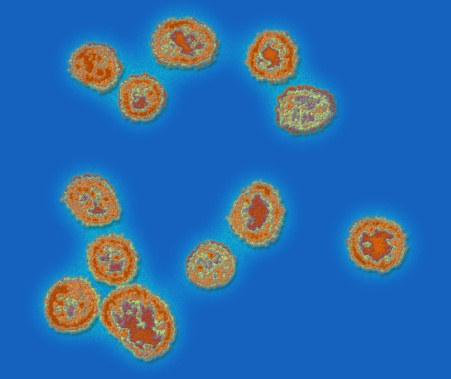
Lassa fever is not new and was first identified in 1969. But like Ebola, it’s a so-called hemorrhagic virus because it can cause bleeding in the mouth and gastrointestinal tract in severe cases.
There are Lassa fever outbreaks every year in Nigeria, typically between the months of December and May, and the disease is endemic to West Africa, according to Dr. Pierre Rollin, an expert in hemorrhagic diseases at the US Centers for Disease Control and Prevention (CDC). However, this year's outbreak is larger in terms of reported cases and deaths.
There have been more confirmed cases of Lassa fever in the first two months of 2018 than there have been in the last two years combined. Since January 1, there have been 353 laboratory confirmed cases of Lassa fever and 78 deaths, according to the Nigeria Centre for Disease Control, compared with 143 confirmed cases in all of 2017 and 109 in 2016.
Dr. F.a. Murphy / Getty Images / Via gettyimages.com
People who contract Lassa fever usually have mild or no symptoms, but in severe cases it can cause bleeding, deafness, or organ failure.
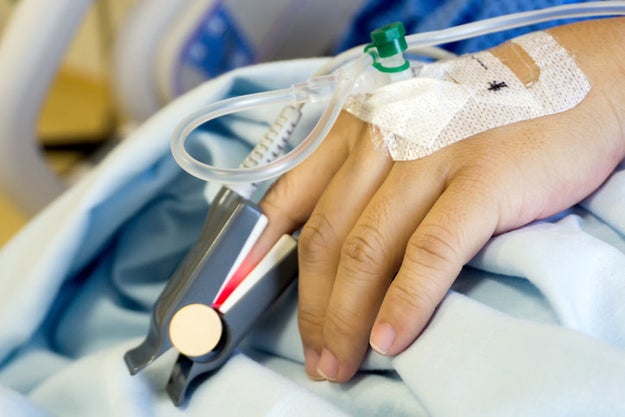
"Early symptoms include fever, headache, and sore throat so it's often confused with the most prevalent disease in tropical areas: Malaria," Rollin says. However, these symptoms are typically mild, so a person may recover and never know that they had Lassa fever, which has to be confirmed with laboratory testing.
Of those who are infected, about 80% have no symptoms and only 1 in 5 will develop severe disease, according to the World Health Organization (WHO). "In a minority of cases, you could have severe symptoms such as bleeding of the gums or nose or genitals, kidney failure, respiratory failure, shock, or acute deafness," Rollin says. The overall fatality rate is about 1%, but for severe cases it's around 15% or higher. The case fatality rate for confirmed and probable cases for the 2018 outbreak is approximately 23%.
Pregnant women are at highest risk, and death of the fetus and/or mother occurs in over 80% of cases during the third trimester.
Nora Carol Photography / Getty Images / Via gettyimages.com
Lassa fever is normally spread to humans from rodents carrying the Lassa virus.
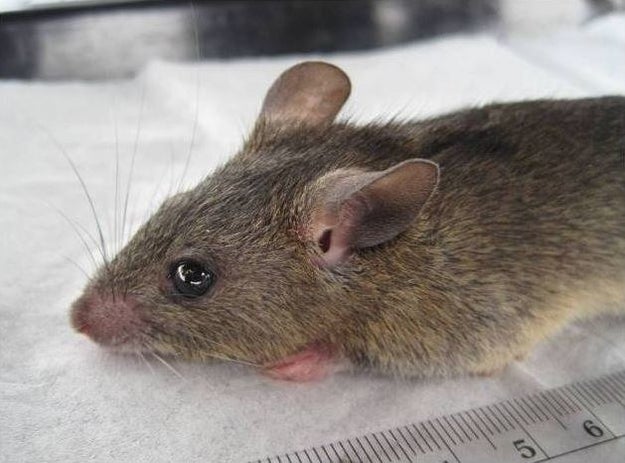
Lassa fever is caused by a virus that normally infects rodents. Humans usually get the virus from contact with infected rats or their urine and feces, says Rollin, which happens when people try to trap the rats or if they ingest contaminated food.
"The reservoir for the virus is a rodent that exists all over West Africa [multimammate rat], and it's chronically infected with Lassa all year," Rollin says. The rats carry the virus without any symptoms, so there's no way to tell whether a rodent is sick with it or not.
It's less common, but Lassa can spread from person to person via contact with an infected person's bodily fluids. This type of infection often occurs in healthcare settings where there's poor sanitation or not enough prevention or protective measures, Rollin says. The 2018 outbreak has affected 16 healthcare workers in six different states.
ncbi.nlm.nih.gov / Via commons.wikimedia.org
Once a laboratory test confirms someone has Lassa fever, there are typically two types of treatment. One approach focuses on symptoms, Rollin says, which means getting the fever down and giving the person fluids and supportive care.
"There's also a treatment called Ribavirin [an antiviral drug] that seems to be effective when given early in the course of the disease," Rollin says. In about 25–30% of severe cases, patients will experience partial or complete hearing loss, for which there is no specific treatment or cure.
Experts do not know exactly why this year's outbreak is worse than past years.
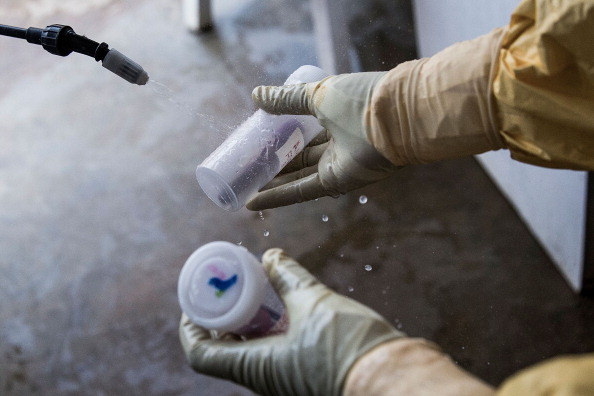
It is unclear why there has been a spike in reported cases, but it’s possible that it could be due to better surveillance, access to testing, and heightened awareness. The Ministry of Health in Nigeria has improved survey techniques, Rollin says, and there are now three laboratories in the country that can confirm the Lassa fever diagnosis, so this could also contribute to the increase in confirmed cases.
"It's still difficult to say this year is worse, I don't think we have all the data to determine that yet, but we do know the numbers of reported cases are closer to the real value than we maybe had before," Rollin says. Since the Lassa fever outbreaks typically last until April or May, Rollin says, there is still some time to go before the Ministry of Health has final numbers.
Although the case fatality rate in the 2018 outbreak is around 23%, Rollin says that this probably reflects the rate in severe cases because those are the people going to the hospital and getting diagnosed. As mentioned before, the overall fatality rate for Lassa fever is 1% — but this is all cases, including the 80% that cause little or no symptoms. For severe cases, the fatality rate can be 15% or higher. So while there have been a large number of deaths during this 2018 outbreak, the fatality rate likely did not jump from 1% to 23%, as some outlets have reported.
Lam Yik Fei / Getty Images / Via gettyimages.com
Preventing Lassa fever involves practicing basic hygiene, avoiding rodents, and taking protective measures in healthcare settings.
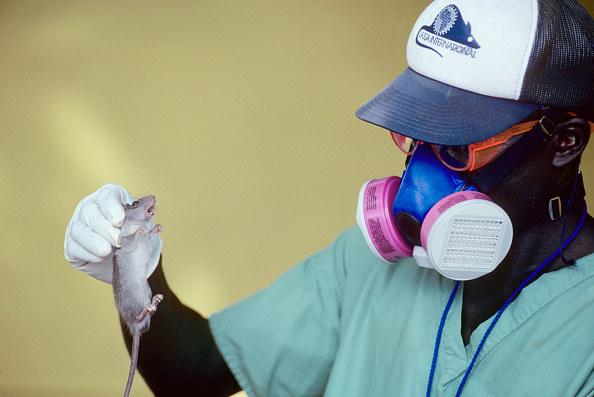
To prevent the spread of the disease, the WHO recommends that people avoid storing grains and other foods outside, keep food in containers, and dispose of garbage far away from homes. "People can avoid having rodents in their home by setting up traps and not leaving food out," Rollin says. In healthcare settings, workers should always wear protective clothing like gowns and masks to prevent infection.
Since Lassa outbreaks are typically limited to areas with a reservoir of infected rodents, Rollin says, visitors aren't at a very high risk. As of March 5, the CDC has issued a "Watch Level 1" travel health notice for Nigeria, which means travelers should practice usual precautions. These include washing your hands, avoiding rodents, and also avoiding contact with sick people.
Karen Kasmauski / Getty Images / Via gettyimages.com


0 comments: